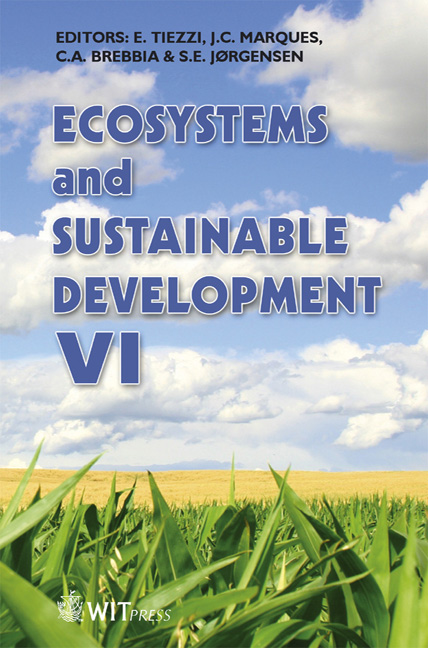A New Method For Tourism Carrying Capacity Assessment
Price
Free (open access)
Transaction
Volume
106
Pages
10
Published
2007
Size
367 kb
Paper DOI
10.2495/ECO070341
Copyright
WIT Press
Author(s)
V. Castellani, S. Sala & D. Pitea
Abstract
Tourism activities can generate both positive and negative effects on the conditions of the areas where visiting and fruition activities take place; every form of human use of natural environment causes changes to the environment conditions. Evaluation of carrying capacity of a destination has as a purpose the measurement of the threshold over which alteration due to human activities becomes unacceptable. To evaluate the consequences of tourism activities impacts it is necessary to know the characteristics of the environment where they occur and especially its resilience, which is the measure of the disturbance that the natural environment can tolerate without altering its equilibrium state. The carrying capacity concept is linked with resilience and rises from the necessity of measure which is the maximum acceptable level of impact for the environment or for one of its components and the capability of recovery of the previous condition. The purpose of this study is to suggest a model for assessing the physical carrying capacity of tourism destinations, as a tool to evaluate whether the current situation is sustainable or not and to determine if a rise in visitor numbers could affect the quality of the environment, the resources available and the quality of public services. For the assessment, all environmental aspects are separately analysed and the main environmental issues related to the daily life of residents and to tourism activities (air quality, water quality and disposability, waste management, soil use) are considered. The methodology is based on an evaluative procedure inspired by the DPSIR model, useful for underlining which are the drivers of impacts and which is the most relevant dataset to describe current and future scenarios. The innovative aspect of this study is the integration of the physical carrying capacity assessment with the evaluation of the managing capacity of environmental and public services, which can lead to depletion of ecosystem quality. Keywords: tourism, carrying capacity, destination management, DPSIR model.
Keywords
tourism, carrying capacity, destination management, DPSIR model.





